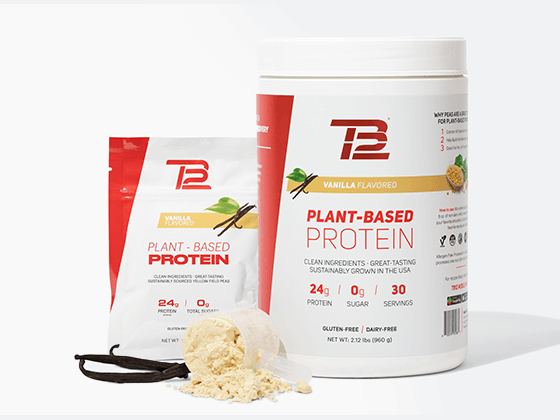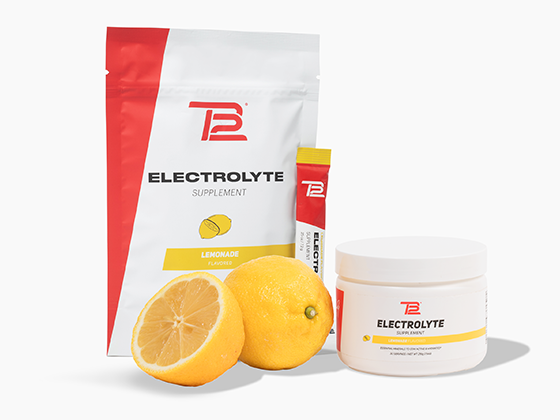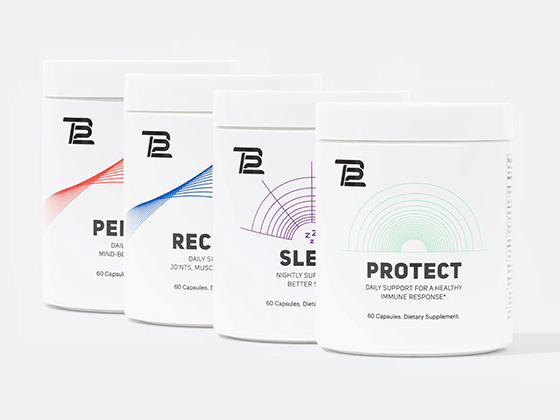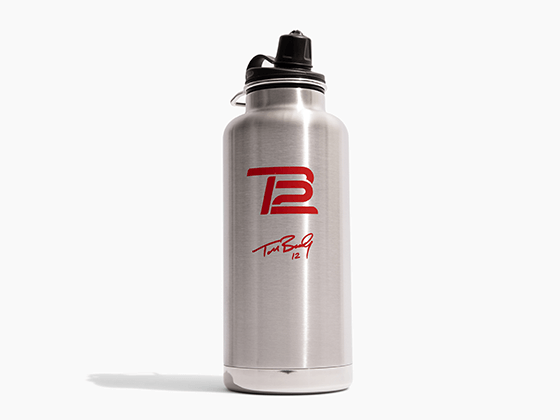"Muscle Memory" is a common phrase, and is what many people call their physical reflexes and reactions.
Our muscles really do remember — our brain learns how our muscles should work in certain situations, and implements what it thinks the best thing to do is. This can be very helpful for athletes, who may want to control and optimize their muscle memory to help them with their sport performance.
Unfortunately, many athletes accidentally create muscle memory that is counterproductive to their success. Here’s how our brain and muscles learn, and how we can harness that process and use it to our advantage.
MAKE THE RIGHT MEMORIES
It’s important to be conscious of what we’re teaching our bodies to do. Lifting weights over and over again may make us good at it, but it might not create muscle memory that’s actually helpful to our sport or everyday life.
Lifting weights teaches our bodies to perform short, slow movements. It makes our muscles tight and stiff. It creates a lot of muscle memory that isn’t useful in most fast-paced sport environments.
To prepare our brains and bodies for a game, our training needs to include movements that simulate in-game activities. If we focus on the capabilities we need for our sport, we’ll create muscle memory that’s beneficial to us. Training at the speed of sport is training how we play, so we can play how we train.
TRAUMA CAUSES MUSCLE MEMORY
When our muscles are challenged, a serious connection between brain and body is made. This challenge could be intentional, such as heavy weight lifting, or accidental, like falling down or getting hit. Either way, the brain and muscles react to the impact, or trauma, and remember it.
By remembering trauma, the brain is trying to protect against it. Any movement we do that is difficult for our muscles causes a form of trauma, which leads to muscle memory. This is because the brain stores trauma in its neural pathways for future reference.
The more we perform a certain movement, the more prepared for and used to that movement our bodies become. For example, the more we lift weights, the better at it we become. Pliability work provides positive trauma to the muscles to teaches them to be more resilient.
CREATE POSITIVE TRAUMA
We create helpful muscle memory by utilizing positive trauma, which teaches our body to perform well. We’ll create some positive trauma during a hard workout, but there’s another important thing to do that teaches our muscles how to improve overall.
Pliability work provides positive trauma to the muscles to teaches them to be more resilient. Muscles that learn to be stiff and dense have a low range of movement and are prone to injury. Pliable muscles, on the other hand, are long and soft, and have a wide range of movement and capability.
Our muscle pliability improves through positive trauma in the form of deep-force body work. This can be achieved with the help of a partner or assisted device, like a TB12 Vibrating Roller or Vibrating Sphere. Vibration causes the positive trauma we need to make a real, lasting connection between brain and body. For specific at-home pliability instructions, download the TB12 Method mobile app and pick up The TB12 Method: How to Do What You Love, Better and For Longer.







